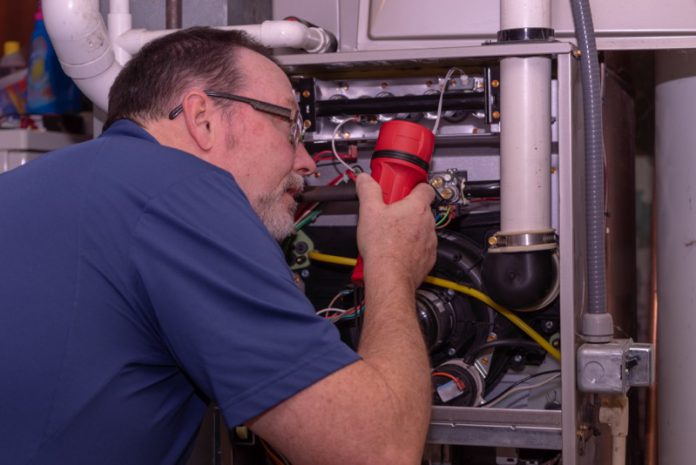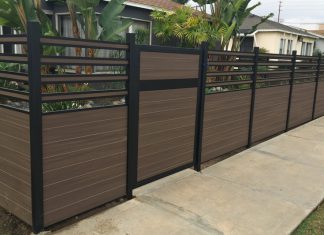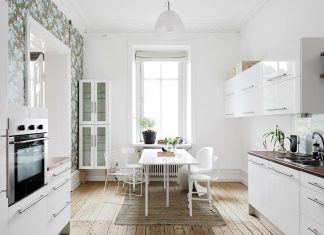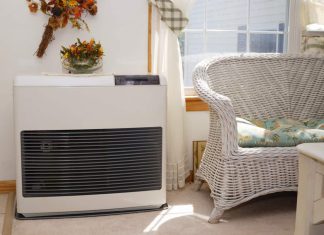Homes can be more comfortable with a heating, ventilation, and air conditioning (HVAC) system, although many take it for granted. It is easy to go about the day in total comfort and not realize what contributes most to it. All year, no matter what the season, the trusty HVAC system provides the perfect atmosphere to live in and for some to work from home, so why not give it some attention also?
Although many homeowners choose to use professional cleaning and maintenance services, it is not that complicated to maintain the HVAC throughout the year with some basic cleaning. Here is a checklist that anyone can follow year-round to ensure that their home remains comfortable:
Outside The Unit
To simplify things, some items on the HVAC cleaning checklist cover the outside of the unit. The outside could influence the unit’s inner workings much like the mechanical parts, and homeowners shouldn’t neglect these.
On top of the mechanical dysfunction it could cause, a dirty HVAC system is rather unsightly to look at, too. For proper cleaning of the outside of the unit, follow the checklist below for the best results:
- Inspect the cabinet or casing for any damage like cracks in the plastic or other parts.
- Dust the vents and the entire outer housing to prevent clogging on the inside.
- Check the air intake vent and remove debris and dust to ensure fresh, clean air flows into the unit.
- All ducts, including the drain pipes, should be open and free from debris, and no mold should be present in them either. Clean any mold immediately with a mild cleaning solution to prevent family health issues from inhaling the mold spores.
- Ensure that all controls are functional and are in the correct settings.
- Go over all electrical connections to see if they are still in good working order.
- Clear out the overflow pan so there will be no standing water around the unit.
Now that the outside looks good as new, the inside also needs checking. Before moving inside the unit, ensure that the power is switched off and follow all safety precautions. Gather all necessary tools like screwdrivers to work on and test the machinery and a soft brush for cleaning dust from the interior.
Inside The Unit
Although the outside may seem less complicated to keep in tip-top shape, the inside also needs some regular maintenance, whether the homeowners are up to it or not. Opting to tackle the interior alone could save some costs that would otherwise go to a professional. However, it may be necessary to call for their help if you’re unsure of anything.
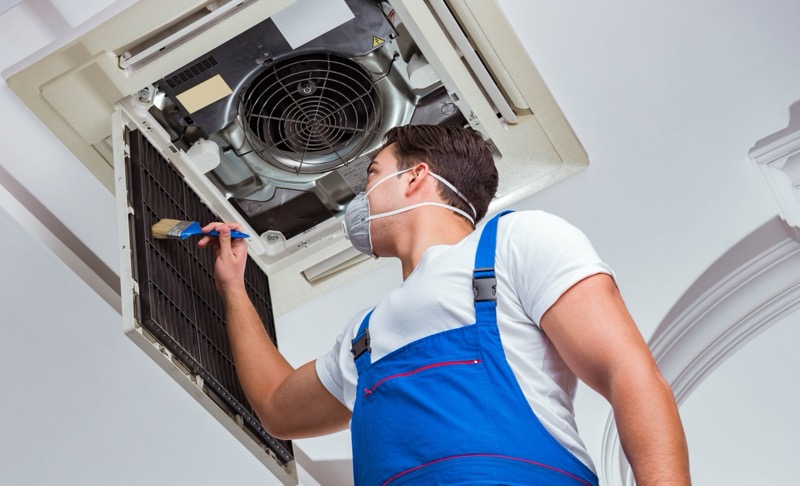
By inspecting the inside, homeowners can troubleshoot minor issues before they result in significant repairs, so homeowners should take the time to check off the following items at the start of each season yearly:
- Test all the internal movable parts like the fan, blowers, motor, bearings, and blades.
- Check if any of these parts need lubrication and apply some if required.
- Ensure that all belts and corresponding pulleys are functional and in good condition.
- Adjust the thermostat to set it to the correct temperature, and if it seems faulty, call a professional to replace it.
- Look at all the fixtures and ensure all parts are secure within the unit and not loose or moving around.
- Inspect all the unit’s parts for heating, like the heat pump, ignition burner, flue system, heat exchanger, and heating elements.
- If a gas system connects to the unit, check the connections to ensure there are no leakages or perished pipes.
The most vital part of checking the internal functions is ensuring that the unit is fully operational and safe for use. If details need service or replacing, contact a supplier for a quotation and have them fixed before using the HVAC system again.
Although the checklist helps to keep the unit operational, homeowners should always look out for signs that it may need professional repairs:
- Noise coming from the unit
- Strange smells coming through the vents into the home
- The system seems to overheat
- Temperature regulation is not what it used to be
- There are many broken parts
- An apparent electrical fault
The Final Checks
An HVAC system is an essential part of any home, especially in areas where the weather could go from one extreme to the next. However, homeowners should maintain their units and all other parts that make up the HVAC system to keep enjoying all the benefits it offers. With this quick checklist, even someone with less experience won’t forget to include the most critical points in their cleaning routine.
